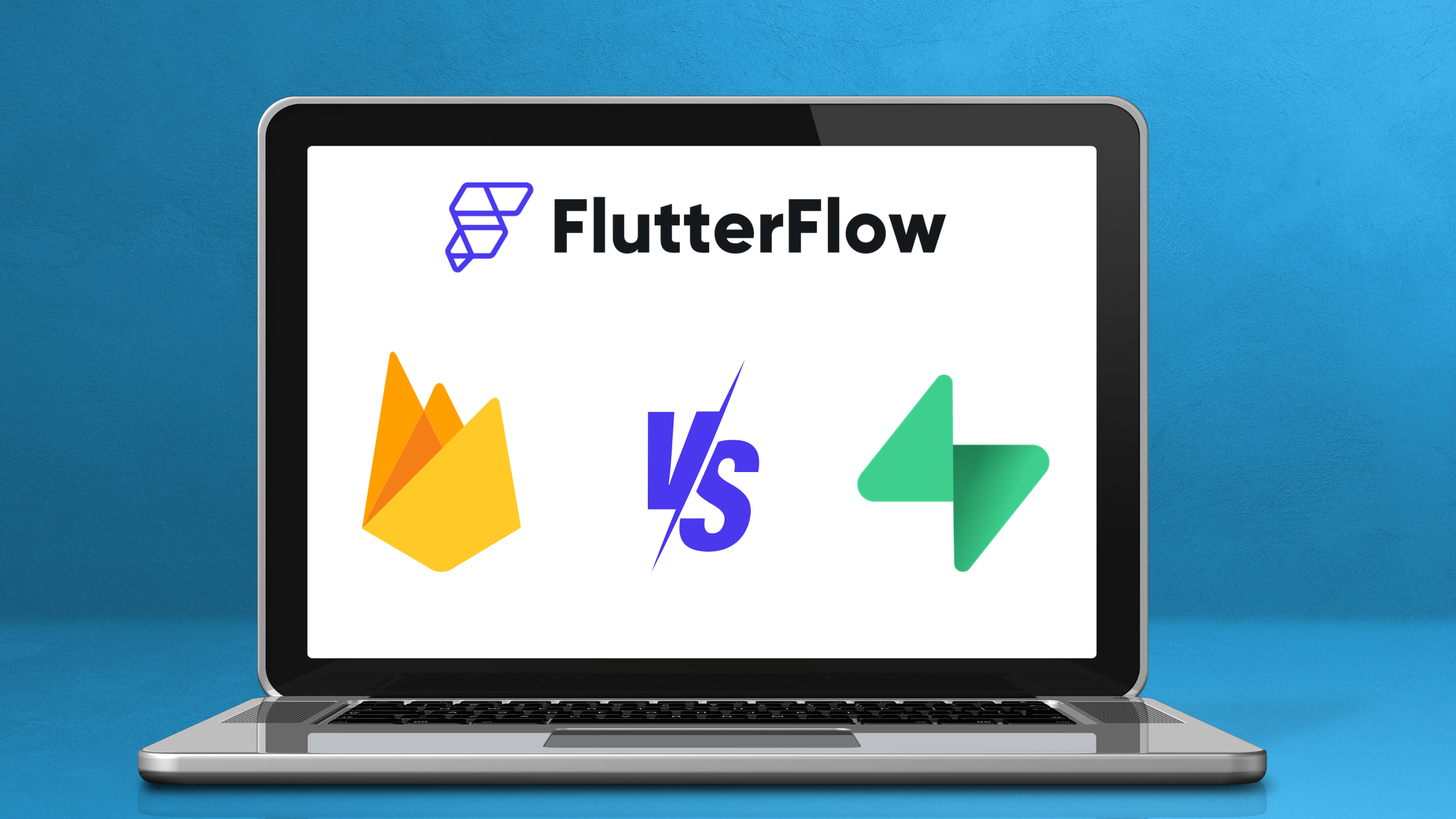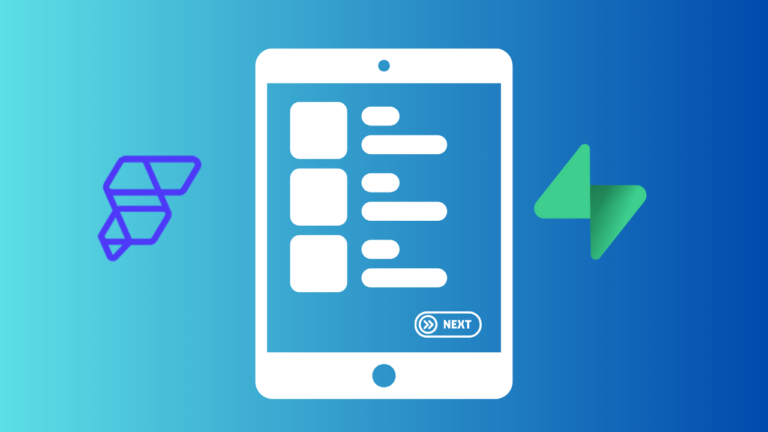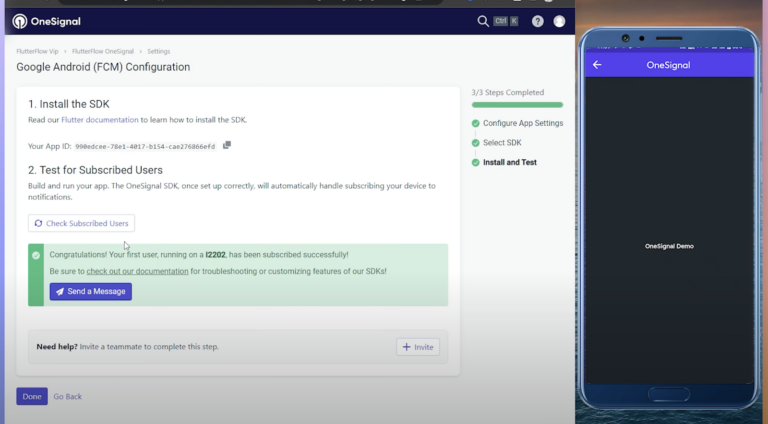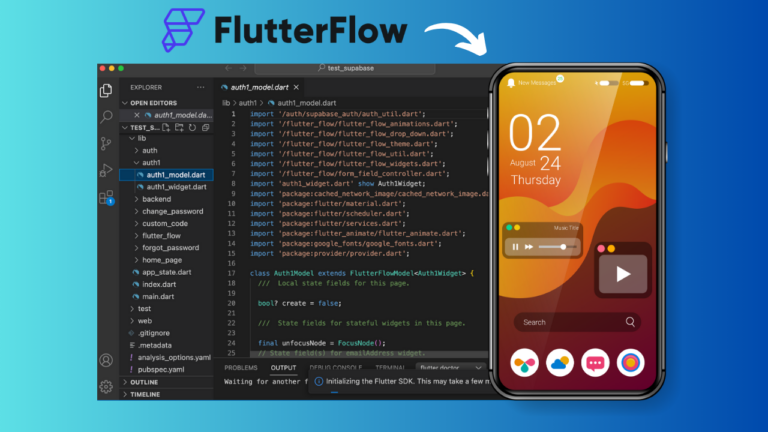The Right Backend for FlutterFlow: My Journey with Supabase and Firebase
In today’s article, we delve into the comparison between Firebase and supabase, discussing my personal preference as a developer. I am Temioluwa, with over three years of experience building apps with flutterflow, where I initially leveraged Flutterflow to swiftly prototype and deploy applications.
From the outset, Firebase emerged as my favoured companion due to its extensive community support, plethora of articles catering to beginners, and its remarkable feature set.
Even now, Firebase remains my go-to choice, primarily for its expansive community and the array of features it offers. Mastery of Firebase enables cost-effective application development, despite common perceptions of its potential expense.
However, over the last six months, I’ve explored supabase and found it equally captivating. supabase distinguishes itself by granting users greater control over databases and the absence of vendor lock-in, a notable advantage.
While supabase presents enticing features, its small community and limited support pose challenges compared to Firebase. Consequently, a blend of both platforms sometimes proves optimal, as I’ve observed in collaborative projects.
Yet, for personal endeavours and swift prototyping, Firebase remains my preferred avenue due to its speed and simplicity.
Conversely, when collaborating with companies, supabase often aligns with their preferences for larger-scale projects. Despite this, leveraging Firebase with Cloud Functions allows me to emulate many of Supabase’s complex queries, showcasing its versatility.
Ultimately, the choice between Firebase and supabase hinges on the specific features each platform offers and the demands of the project at hand. Thus, the crux of this article lies in aiding developers to discern which platform best suits their requirements.
Flutterflow supabase vs firebase
Firebase features and limitations
In 2011, James Tamplin and Andrew Lee introduced Firebase, a groundbreaking mobile and web development platform. Its acquisition by Google in 2014 catapulted it into the limelight.
Firebase offers a plethora of tools and services to craft, deploy, and maintain top-notch apps effortlessly.
From a serverless platform for cloud functions to a suite of machine learning tools, Firebase provides a comprehensive solution for developers.
Simplicity is the hallmark of Firebase, seamlessly integrating with various frameworks for app development, including Android, iOS, Web, Unity, and more.
This versatility makes it a favourite among programmers seeking to swiftly prototype and refine their concepts.
Key Features of Firebase:
Real-time Database:
Firebase’s real-time database facilitates the storage and synchronisation of data with a NoSQL cloud database. It enables real-time data synchronisation across multiple clients and devices, fostering the creation of collaborative apps.
For instance, in a group chat app, messages are instantly synchronised across all connected devices, ensuring users access the latest information seamlessly.
Authentication:
Firebase Authentication simplifies user authentication processes, supporting various methods such as email/password, phone number, and social media logins. It verifies user identities securely, generating unique authentication tokens for future identification.
Storage:
Firebase Storage provides a secure and scalable solution for storing and managing user-generated files in the cloud. From images to audio and video files, Firebase handles all backend tasks seamlessly, including uploading, downloading, and deleting files.
Hosting:
Firebase Hosting offers fast and secure hosting for static assets, deploying them to a global content delivery network (CDN). With SSL support, custom domains, and automatic scaling, Firebase Hosting ensures a seamless hosting experience for web apps.
Analytics:
Firebase Analytics offers invaluable insights into app usage and user engagement, aiding developers in understanding user behaviour and optimising their apps accordingly.
Cloud Functions:
Firebase Cloud Functions allows developers to run backend code in response to events triggered by Firebase features or HTTP requests. This serverless platform simplifies the extension of app functionality without the hassle of managing servers or infrastructure.
Machine Learning:
Firebase incorporates machine learning-based features such as Firebase Predictions and Firebase ML Kit, enabling developers to analyse data and make predictions or recommendations seamlessly.
Cons of Firebase:
Limited Querying Options:
Firebase’s querying capabilities are somewhat limited, especially with its reliance on Realtime Database and JSON file format. Complex queries may pose challenges for developers accustomed to more robust querying options.
Limited Control:
As a managed service, Firebase may limit developers’ control over underlying infrastructure, which could be a concern for those requiring greater autonomy.
Google Dependence:
Being a Google product, Firebase users must rely on Google’s infrastructure and support, potentially leading to vendor lock-in concerns.
Cost:
While Firebase offers a free tier, costs can escalate as apps gain popularity and users. Careful consideration is necessary to weigh the benefits against the potential expenses.
Supabase: Open-Source Alternative to Firebase
Supabase, launched in 2020, positions itself as an open-source alternative to Firebase, providing a suite of tools to build backend functionality quickly.

Built on top of PostgreSQL, Supabase offers features like real-time database, authentication, storage, and serverless functions, all while remaining open-source and self-hostable.
Key Features of Supabase:
Real-time Database:
Similar to Firebase, Supabase offers real-time functionality, enabling seamless data synchronisation across clients.
Authentication:
Supabase provides authentication services out of the box, supporting various authentication methods and customizable authentication flows.
Serverless Functions:
With Supabase’s serverless functions, developers can write custom server-side logic using familiar tools like JavaScript and Node.js.
Storage:
Supabase offers object storage capabilities, allowing developers to store and serve user-generated content securely.
Open-Source and Self-Hostable:
Unlike Firebase, Supabase is open-source and can be self-hosted, providing developers with greater control over their infrastructure.
Cons of Supabase:
Supabase is a very new platform; as a result, it has a smaller community and fewer resources than some well-known database platforms. As a result, it could be harder to get support and assistance when needed.
Supabase offers a free plan, but the subscription plans can be fairly pricey compared to other database platforms.

Supabase has a steep learning curve, making it difficult for developers who are unfamiliar with the platform to use it.
Conclusion
In conclusion, Firebase and Supabase cater to different needs and preferences in the realm of app development.
For solo entrepreneurs or small teams aiming to quickly launch or prototype applications, Firebase stands out as the preferred choice. Its extensive feature set and seamless integration with Google Cloud Services offer users a diverse array of tools right out of the box.
Firebase’s scalability is well-suited for niche projects and large projects, though as applications grow in popularity, some users may opt to migrate to other database options due to considerations such as pricing.
An example of this trend is evident in the transition of the popular social application “BeReal.” While every business hopes for virality, the reality is that not every app will achieve such success but still it’s an important consideration.
On the other hand, companies or individuals seeking greater control over their data or managing substantial datasets tend to gravitate toward Supabase.
With advanced querying capabilities and customizable infrastructure, Supabase empowers users to tailor their data management processes to meet specific needs.
In my experience, companies opting for Supabase often deal with large datasets, where Supabase excels in interconnecting the data stored in their tables. This makes Supabase an ideal choice for projects that prioritise data sovereignty, scalability, and flexibility.
In summary, the choice between Firebase and Supabase ultimately depends on the project requirements, scalability needs, data management preferences, and long-term goals of the development team or organisation.
Both platforms offer unique strengths and capabilities, catering to a diverse range of application development scenarios.






